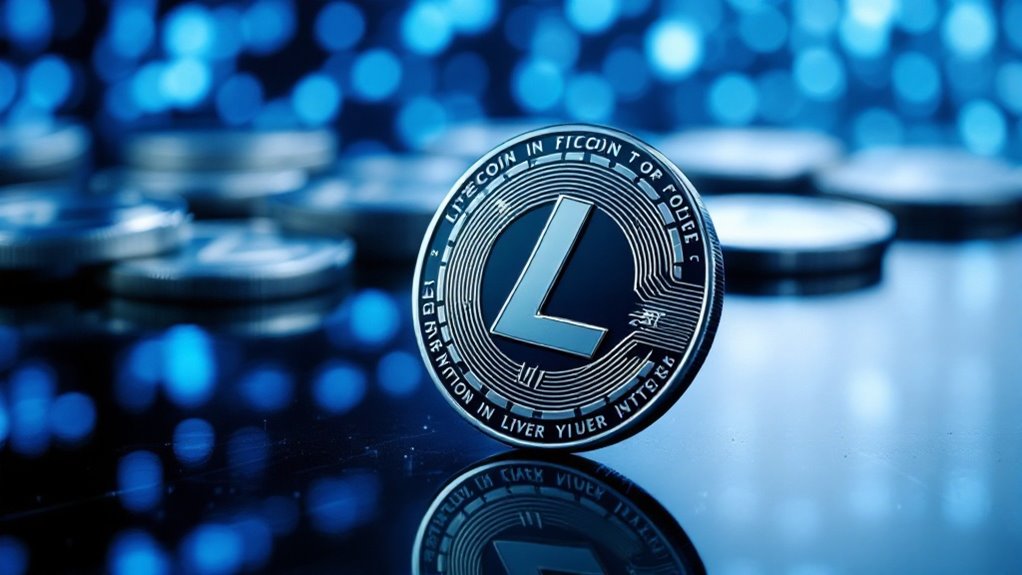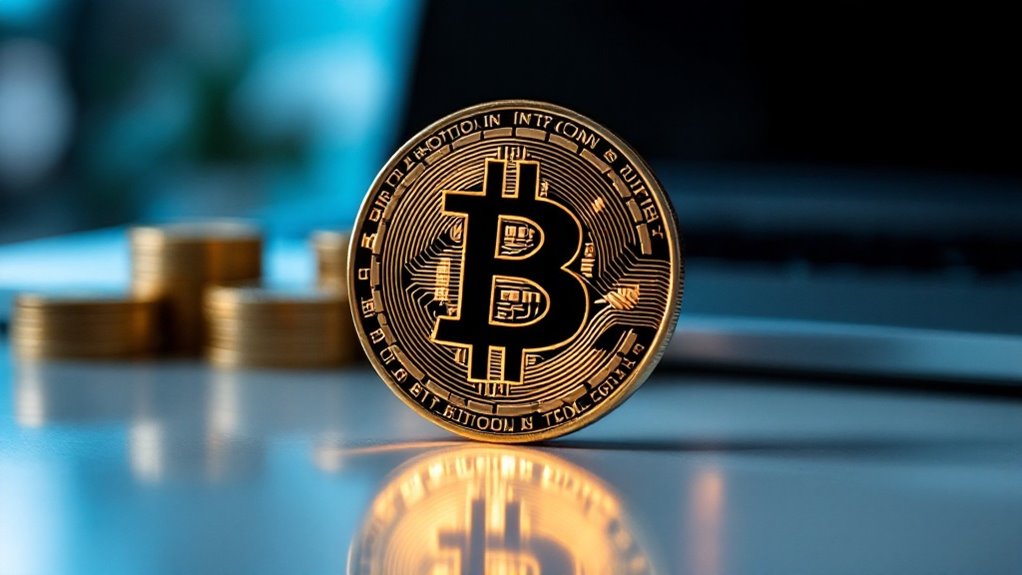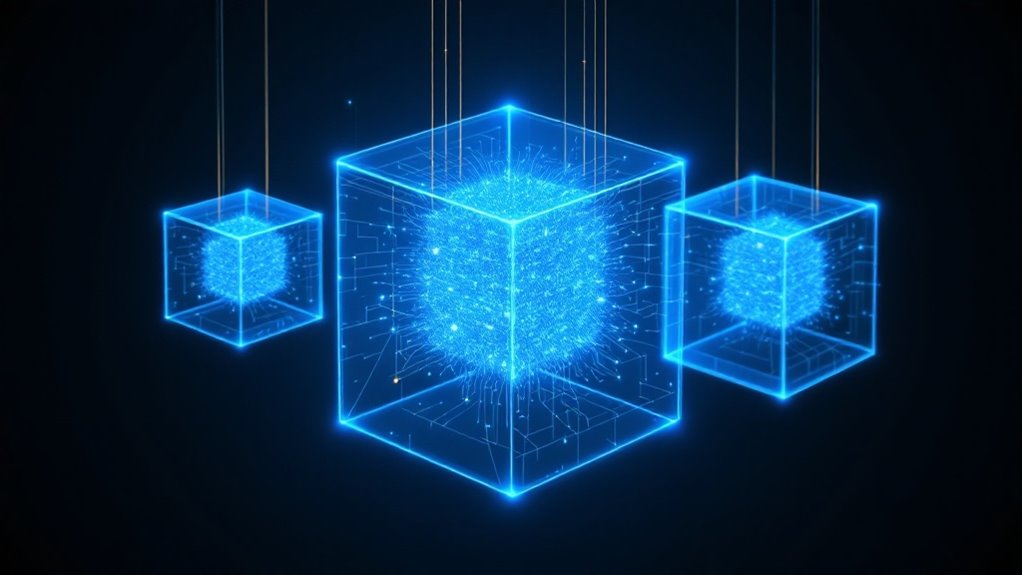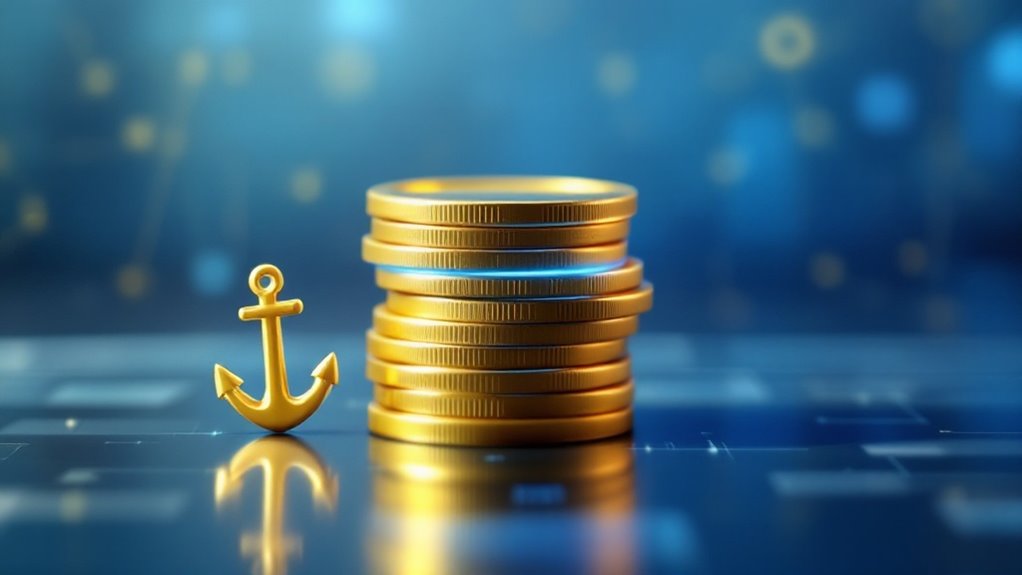XRP, created in 2012, functions as a digital bridge between traditional banking and cryptocurrency innovation. This versatile digital asset processes transactions in mere seconds, compared to Bitcoin's hour-long wait times, while consuming minimal energy. Through its parent company Ripple Labs, XRP facilitates lightning-fast international money transfers at a fraction of conventional costs. Recently emerging from regulatory challenges, XRP's ecosystem continues to expand through partnerships with banks and financial institutions, suggesting an intriguing path ahead in the evolving financial landscape.

In the fast-moving river of digital currencies, XRP stands as a unique bridge between traditional finance and cryptocurrency innovation. Created in 2012 by David Schwartz, Jed McCaleb, and Arthur Britto, this digital asset was designed to revolutionize how money moves across borders, much like how email transformed written communication.
Unlike its digital cousin Bitcoin, which can take an hour to confirm transactions, XRP settles payments in mere seconds while sipping rather than gulping electricity. Picture a highway where vehicles zoom past at 1,500 transactions per second, compared to Bitcoin's congested single-lane road. This speed and efficiency haven't gone unnoticed by banks and financial institutions, who've begun incorporating XRP into their payment systems like cautious swimmers testing new waters. The platform's remarkable efficiency allows transactions to complete in 3-5 seconds with minimal fees.
XRP races past Bitcoin like a sports car overtaking a delivery truck, offering lightning-fast transactions that banks can't ignore.
The XRP Ledger, the blockchain network where XRP lives, operates like a well-oiled machine, using a unique consensus protocol that feels more like a synchronized dance than the energy-hungry mining race of other cryptocurrencies. With 100 billion tokens pre-mined at its birth, XRP didn't need the resource-intensive mining process that keeps Bitcoin miners up at night. The system's innovative design includes a tiny XRP burn with each transaction, making it naturally deflationary over time. Similar to other DeFi solutions, XRP eliminates the need for traditional banking intermediaries while maintaining transparency and efficiency.
While XRP has weathered its share of storms, including a high-profile legal battle with the SEC, it emerged in 2023 with a clearer regulatory status – the court ruled that XRP itself isn't a security, allowing it to breathe easier in the US market. This digital currency now stands at a fascinating crossroads, balancing its role as both a speculative asset and a practical tool for cross-border payments.
Looking ahead, XRP continues to evolve, exploring new territories like central bank digital currencies and smart contracts. Its ecosystem grows like a digital garden, nurturing partnerships with banks, payment providers, and developers.
Despite the cryptocurrency market's notorious volatility, XRP maintains its position among the top digital currencies, proving that in the wild west of crypto, sometimes the steady tortoise can keep pace with the speculative hares.
Frequently Asked Questions
How Do I Store XRP Safely in a Hardware Wallet?
To store XRP safely in a hardware wallet, users should purchase a compatible device like Ledger or Trezor, install the XRP app, verify receiving addresses, maintain security practices, and keep recovery phrases offline.
Can XRP Be Mined Like Bitcoin and Other Cryptocurrencies?
No, XRP cannot be mined. Unlike Bitcoin, all 100 billion XRP tokens were pre-mined at launch. The network uses a consensus protocol with trusted validators instead of traditional mining to process transactions.
What Happens if Ripple Labs Goes Bankrupt?
If Ripple Labs goes bankrupt, XRP holders could lose access to funds, the token's value may plummet, and ongoing projects could halt. However, the XRP Ledger would continue operating independently of Ripple Labs.
Why Does XRP Have a Maximum Supply of 100 Billion Tokens?
XRP's 100 billion token maximum supply was designed to provide sufficient liquidity for global payments while maintaining scarcity. This fixed amount prevents inflation and guarantees enough tokens exist for widespread financial institution adoption.
How Does Xrp's Consensus Mechanism Differ From Proof-Of-Work Blockchains?
XRP's consensus mechanism uses trusted validators to verify transactions through RPCA, achieving faster confirmations in 3-5 seconds and minimal energy usage, unlike proof-of-work which requires competitive mining and extensive computational resources.









